
Pr. Alexis Brice's team at the Brain and Spine Institute – Inserm / CNRS / UPMC, in collaboration with two international consortia has identified a new gene, VPS13C, involved in an early form of Parkinson's disease. Mutations in VPS13C lead to a loss...
03.04.2016
Research, science & health
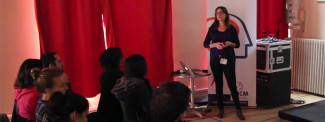
The emergence of multidisciplinary, bold and innovative original research projects carried out by the Institut du Cerveau - ICM’s young talents, thanks to the Bolloré Group support, is the Institut du Cerveau - ICM's Brain Booster Challenge bet.
02.29.2016
Research, science & health

Grégoire Courtine is Associate Professor at the Swiss Federal Institute of Technology. He came to the Institut du Cerveau - ICM on February 1, 2016, and presented his research work on the use of new technologies to improve motor recovery after a...
02.15.2016
Research, science & health

Bassem Hassan’s team at VIB/KU Leuven has discovered a previously unknown mechanism that is highly conserved between species and which regulates neurogenesis through precise temporal control of the activity of a family of proteins essential for brain...
02.11.2016
Research, science & health

Paris Brain Institute brings together in one place patients, doctors and researchers in order to rapidly develop treatments for nerve damage and apply these to patients as soon as possible. Coming from all backgrounds and countries, the best...
01.29.2016
Research, science & health

Patients with fronto-temporal dementia need specific and appropriate medical care. However, this disease is still too often confused with Alzheimer's disease. Clinicians and researchers from Paris Brain Institute and from the Memory and Alzheimer's...
01.22.2016
Research, science & health
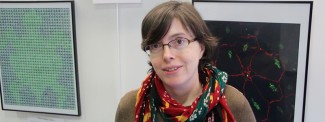
Fiona Doetsch is a research group leader at the Biozentrum of the University of Basel. Upon her visit at the Institut du Cerveau - ICM, she presented her work on stem cells, and more specifically, on what triggers their activation. Stem cells could...
01.04.2016
Research, science & health
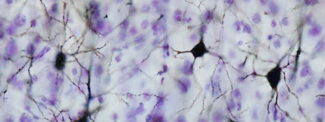
The Institut du Cerveau - ICM scientists have recently discovered a mechanism which protects neurons from cell death. The loss of this protective mechanism may contribute to the degeneration of neurons in patients with Parkinson's disease.
12.23.2015
Research, science & health
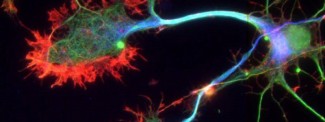
The majority of neurodegenerative disorders, from Alzheimer's disease to amyotrophic lateral sclerosis to Parkinson's disease, share common features with prion diseases.
12.09.2015
Research, science & health
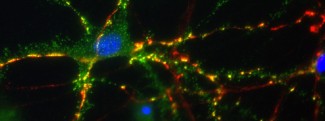
On the occasion of National Epilepsy Day, Vincent Navarro, neurologist and Institut du Cerveau - ICM researcher, and Stéphanie Baulac, co-leader of the team “Genetics and physiology of hereditary epilepsy,” and the start-up Bioserenity led a...
11.27.2015
Research, science & health
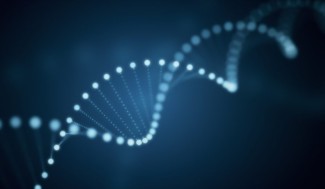
A team at the Institut du Cerveau - ICM showed that different mutations of one gene, ALDH18A1, are associated with several types of hereditary spastic paraplegias and different modes of transmission. Moreover, the researchers identified a new blood...
11.24.2015
Research, science & health

Karl Friston, Professor of Neuroscience at the University College London, was invited to give a scientific seminar at the Institut du Cerveau - ICM on November 16, 2015. He explains how the understanding of how the brain perceives sensory signals...
11.23.2015
Research, science & health

